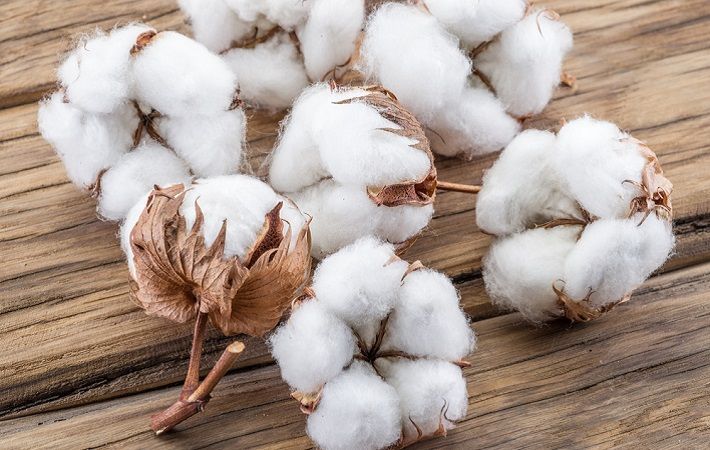
The production for MY 2022-23 is expected to increase by 3 per cent to 1.47 million bales assuming good rainfall, low pest pressure and continuous use of organic fertiliser combined with chemical fertiliser.
Farmers are not aware yet how much government subsidy will they get on cotton inputs, USDA said in its Cotton and Products Annual report.
The Malian cotton zone is in the south and west of the country and covered 5.3 million inhabitants in 4,020 villages farming 205,639 cotton farms in MY 2021-22.
State-owned cotton company Compagnie Malienne Pour le Développement des Textiles (CMDT) has four areas of regional responsibility: centre (Fana and the high valley of Niger zone), south (Bougouni and Sikasso zone), north-east (Kouitala and San zone) and west (Kita zone).
Production in MY 2020-21 fell significantly due to farmers’ boycott over farm gate price and low input subsidies. However, farmers returned to cotton in 2021-22 and the government estimated area planted at 720,000 ha.
With that, 2021-22 production is up by 377 per cent to 1.43 million bales. This production boost also includes a 9 per cent yield increase compared to the previous year. This growth is mainly the result of a higher rate of organic fertiliser use (63 per cent), a high rate of early planting, and a well dispersed rainfall from June to August.
In MY 2021-22, cotton farmers used chemical fertiliser at a dose of 150 kg per hectare (74 per cent) or 200 kg per hectare (26 per cent). In addition, 63 per cent of farmers were able to add organic fertiliser at a dose of five tonnes per hectare.
In MY 2021-22, about 86 per cent of farmers planted early in June, and 13 per cent of seeds were planted late in July compared to 56 per cent the previous year. About 66 per cent of Malian farmers use animal-powered tractors while 32 per cent have access to more modern, mechanised tractors. In the same MY, the government provided about $74.9 million in fertiliser subsidy.
USDA estimates MY 2022-23 consumption at 25,000 bales. The MY 2021-22 consumption remains unchanged from the previous year based on the country’s capacity to process locally-grown cotton.
Mali exports about 98 per cent of its cotton. MY 2022-23 exports are forecast at 1.44 million bales, a 3 per cent increase from the previous year. MY 2021-22 exports are estimated at 1.4 million bales.
Mali is using the Port of Nouakchott in Mauritania to ship cotton fibre, after Senegal and Ivory Coast closed their borders following the January 2022 decision by the Economic Community of West African States (ECOWAS) and the West African Monetary and Economic Union (UEMOA) to impose a range of economic and diplomatic measures against Mali following a military coup.
Malian officials are also pursuing use of the port of Conakry in Guinea to supplement capacity. In 2021, most cotton was exported to China (80 per cent), Thailand (8 per cent) and Indonesia (3 per cent). The European Union and Turkiye imported about 7 per cent of the total quantity.
Stocks for MY 2022-23 are forecast at 10,000 bales, the same as the previous year.
Fibre2Fashion News Desk (DS)